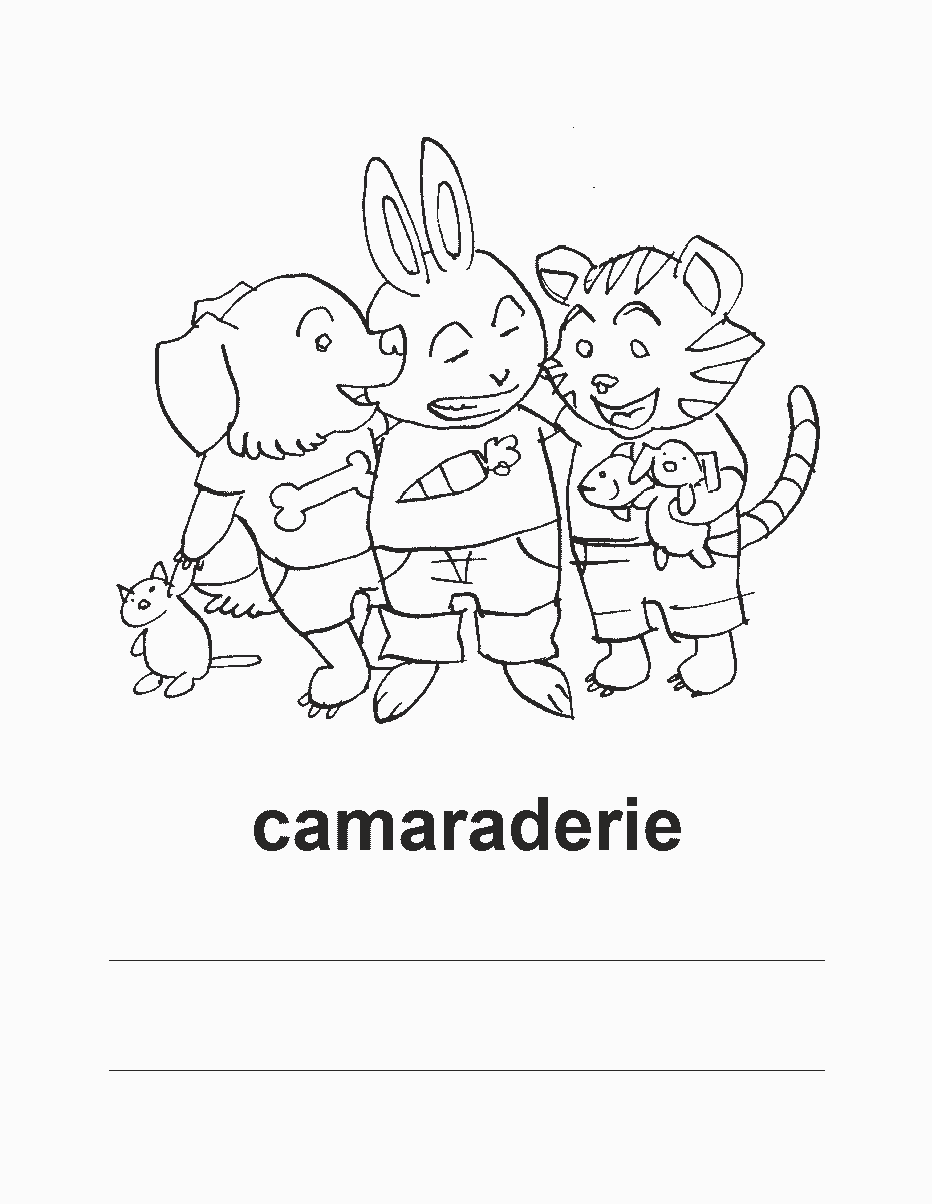Day 1: Reading CVC words
Looking for more?
- Have you seen our Week 1 activities for preschool & kindergarten students?
- How about Week 2 for more daily activities? Take a look!
Self-guided activity (with a little parental help):
1. Use letter magnets or a white board to write a CVC word like bat.
- First, say the word aloud sound-by-sound and have your child create the word.
- Then, swap out the vowel to create another word, like bit.
- Play around with creating different words by swapping out the vowels without changing the consonants.
- Alternatively, you can swap out the first letter while leaving the vowel and the last letter the same to create lists of rhyming words.
- Have your child practice swapping out the letters themselves and then help them sound out words after they make the swaps, if needed.
Family time activity:
1. Hide pirate treasure.
Ahoy, matey!
- Decorate a treasure box, load it with sticky notes or pieces of paper that have CVC words written on them, and draw a map to remember where it’s buried.
- Sing some rhyming sea chanteys as you head out on your next voyage.
- When you’re ready for someone to retrieve the treasure, write clues to help them find it.
- Once they find the treasure, see if your child can read all the words aloud. Bonus if the words create a fun message!





















